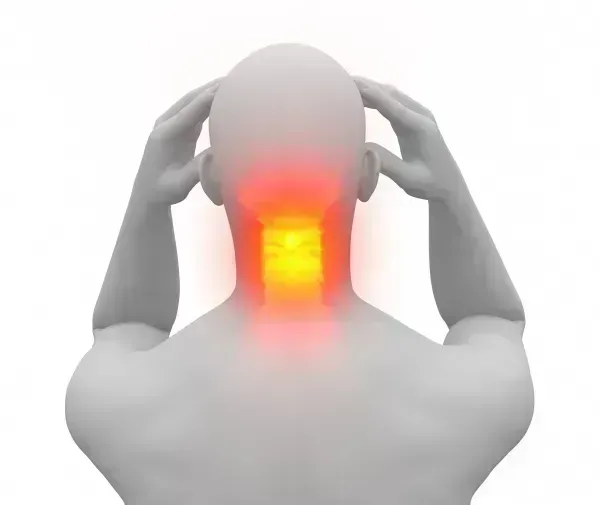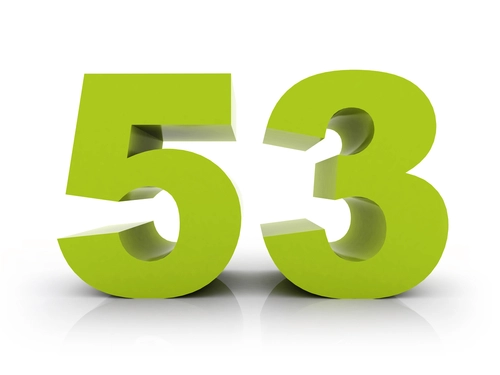Neurosurgery Coding Alert
Bust Common Stereotactic Myths Before Making Costly Mistakes
Hint: Don't mix up 61790 and 61791. When your surgeon utilizes a three-dimensional coordinate system to locate small targets in the body, you will typically turn to the stereotactic CPT® codes. After a minimally invasive stereotactic procedure, the surgeon may then attempt a biopsy, ablation, injection, stimulation, implantation, or a radiosurgery. Bust the following myths to master these stereotactic codes and to protect your neurosurgery practice's bottom line. Myth #1: The Site of Lesion Doesn't Factor Into Your Coding Options Truth: You must confirm the site of the stereotactic lesion to code appropriately. For stereotactic lesions in the globus pallidus or thalamus, you should report code 61720 (Creation of lesion by stereotactic method, including burr hole(s) and localizing and recording techniques, single or multiple stages; globus pallidus or thalamus). Globus pallidus defined: The globus pallidus is a structure in the brain that regulates voluntary movements in the body. Your surgeon may create a lesion in the globus pallidus to control some abnormal involuntary muscle tremors. If you are able to locate the term "pallidotomy" in the operative note, you can be assured that your surgeon created a lesion in the globus pallidus. "The frequency of destructive procedures for movement disorders has declined with the increasing understanding and effectiveness of deep brain stimulation," says Gregory Przybylski, MD, past chairman of neurosurgery and neurology at the New Jersey Neuroscience Institute, JFK Medical Center in Edison, New Jersey. Thalamus defined: The thalamus is a symmetrical midline structure in the brain that acts as a switchboard or relay station for various sensory and motor signals to the higher centers in the brain. The thalamus also regulates sleep and alertness. "The thalamus is a complicated subcortical structure that serves as a relay station for a variety of motor and sensory inputs," Przybylski says. "Consequently, it can be a source of movement disorders or pain syndromes." When you are able to locate the term "thalamotomy" in the operative note, you confirm that your surgeon made a lesion in the thalamus. Your surgeon may do this to treat a pain syndrome. If your surgeon studied the radiological impressions of the thalamic lesions by using CT scan, you should be able to locate the same in the operative note. 61735: On the other hand, when your surgeon works on other brain structures that are anatomically located below the cerebral cortex, but not the globus pallidus or thalamus, you should report code 61735 (Creation of lesion by stereotactic method, including burr hole(s) and localizing and recording techniques, single or multiple stages; subcortical structure(s) other than globus pallidus or thalamus). You should report 61735 for stereotactic lesions in structures like the hippocampus, amygdala, corpus callosum, cerebellum, and basal ganglia. Myth #2: Surgery Intent Doesn't Impact Reporting Choice Truth: To report the correct stereotactic code, you must precisely confirm the intent of the procedure. Stereotactic biopsy: If your surgeon does a stereotactic biopsy, you should report code 61750 (Stereotactic biopsy, aspiration, or excision, including burr hole(s), for intracranial lesion). Also, check if your surgeon used any imaging assistance for the biopsy. If the answer is yes, then you can turn to code 61751 (Stereotactic biopsy, aspiration, or excision, including burr hole(s), for intracranial lesion; with computed tomography and/or magnetic resonance guidance). Coding solution: Your surgeon used a burr hole approach to aspirate a colloid cyst in the third ventricle. In this case, you should report 61750. However, you would code 61751 if your surgeon did the same with MRI guidance. "However, if neuroendoscopy was used in the approach to performing the aspiration, you may consider using 62162 (Neuroendoscopy, intracranial; with fenestration or excision of colloid cyst, including placement of external ventricular catheter for drainage), depending on the manner with which the cyst is ultimately treated," Przybylski adds. Stereotactic implantation: When your surgeon implants electrodes in the brain for mapping the location of seizures, you would report 61760 (Stereotactic implantation of depth electrodes into the cerebrum for long-term seizure monitoring). Stereotactic localization: You should choose 61770 (Stereotactic localization, including burr hole(s), with insertion of catheter(s) or probe(s) for placement of radiation source) when your surgeon attempts stereotactic localization and placing a probe or catheter for the delivery of the radioactive seeds. Your surgeon may work with a radiation oncologist implanting the seeds. Myth #3: You Can Use 61790 and 61791 Interchangeably Truth: You will report 61790 and 61791 in different situations, and understanding the anatomy is key to choosing the right code. When you take a close look at the descriptors for 61790 and 61791, you will only see one important difference: Notice: Code 61790 refers to gasserion ganglion, and 61791 refers to the medullary tract. "The former procedure is more commonly done as a method to manage trigeminal neuralgia," Przybylski says. Remember: Gasserian ganglion is also called the trigeminal or semilunar ganglion. Your surgeon will approach the trigeminal nucleus through the foramen ovale. So you can look for this approach in the operative note and confirm that 61790 is the right code you can report. For brainstem lesions, you would report 61791. ICD-10: You'll typically report G50.0 (Trigeminal neuralgia) as a diagnosis for either 61790 or 61791. Myth #4: You Can Report +61781, +61782, and +61783 as Primary Codes Truth: The following navigation codes are add-on codes, so they should be listed immediately after the primary code for which the navigation system was used. These navigation codes should never be reported as the primary code: Example: You can bill +61781 with 61510 (Craniectomy, trephination, bone flap craniotomy; for excision of brain tumor, supratentorial, except meningioma), as well as other craniectomy codes for tumor, cyst and abscess. "The surgeon should dictate the preparation, image review and target planning to support use of the navigation code when it is not considered a bundled service," Przybylski says. "If the CPT® descriptor includes the word 'stereotactic,' then these add-on codes would not be separately reportable."
Related Articles
Neurosurgery Coding Alert
- Stereotactic Surgery:
Bust Common Stereotactic Myths Before Making Costly Mistakes
Hint: Don't mix up 61790 and 61791. When your surgeon utilizes a three-dimensional coordinate system [...] - CERT:
Delve Into CERT to Safeguard Your Neurosurgery Practice
Don't make these grave medical necessity errors. There are certain steps you can take when [...] - E/M Skills:
Advance Your Locum Tenens Skills With 3 FAQs
Remember: Your practice cannot hire a LT as "extra help." Coding conundrum: One of the [...] - You Be the Coder:
Reference ICD-10 Guidelines to Solve This Coding Question
Question: The surgeon consulted a patient two-weeks following a cervical laminectomy for spinal stenosis. The [...] - Reader Question:
Master Modifier Indicators
Question: What does a modifier indicator mean regarding the CCI edits? Florida Subscriber Answer: CMS [...] - Reader Question:
Ace the ABCs of Cerebral Circulation
Question: What are the key components of cerebral circulation? Georgia Subscriber Answer: Before you attempt [...] - Reader Question:
Distinguish Between the 2 Types of PFSH
Question: What are the two types of past medical, family, and social history (PFSH), and [...]




